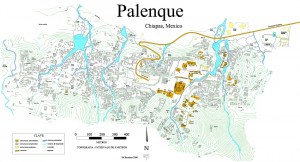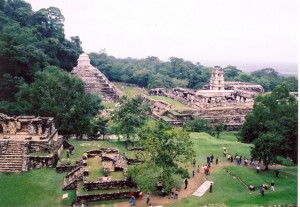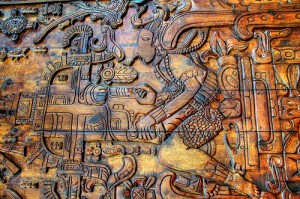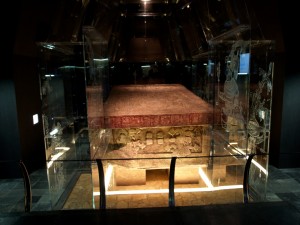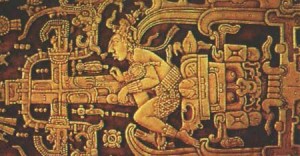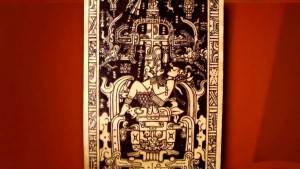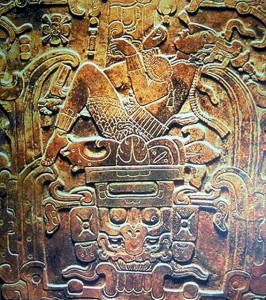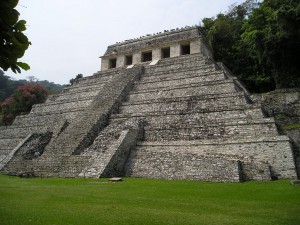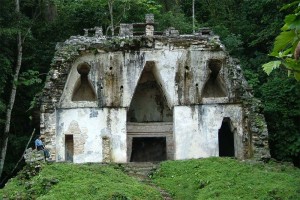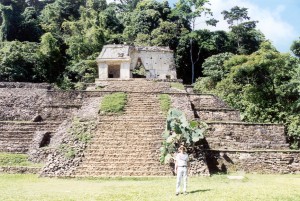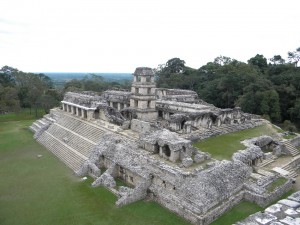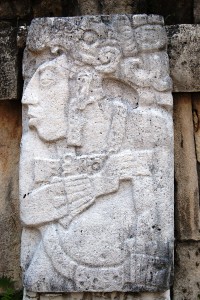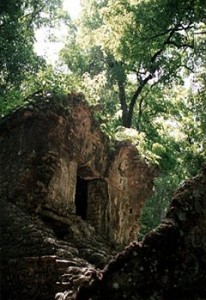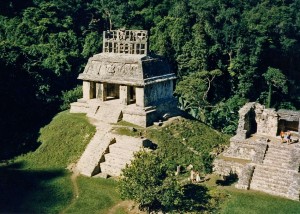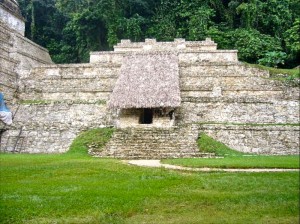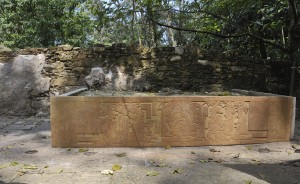Written by Soudip
February 15th 2015Other Places
You Are Here
Home > Mexico > Monuments of Tlacotalpan Historical Facts and PicturesPre-Hispanic City and National Park of Palenque Historical Facts and Pictures
Palenque, an archaeological site in Chiapas, Mexico is one of the most magnificent and significant Classic period sites of Mayan civilization. The pre-Hispanic city, known for its well conserved sculptural and architectural ruins, exhibits skilled artistry and elegance of construction, proving the civilization’s intellect in creativity. The Palenque ruins, being surrounded by a tropical jungle, represent merely the central region of the enormous Maya city, which covered an approximate area of 8 sq. km.
Palenque History
The Maya city of Palenque, Mexico was mainly constructed during the 3rd-5th centuries. The significant monuments were all constructed during 500-700 AD, when the city flourished immensely. However, by the end of 10th century, the city was ruined by the invasions from the inhabitants of the coastal region in Gulf of Mexico causing its abandonment.
Temple of the Inscriptions
With constructions believed to have started around 675 AD, the temple represents K’inich Janaab Pakal’s funerary monument, housing the second longest Maya script known today. A passageway going through a stairway to the tomb of Pakal was revealed in 1952 when archaeologists took away a stone slab at the temple’s back room. Pakal’s tomb with its carved sarcophagus lid, the stucco sculpture, and the accompanying ornaments is a testimony to their artistic ability.
In 1968, Erich von Daniken in his book “Chariots of the Gods?” compared Pakal’s pose on the sarcophagus lid to that of astronauts, interpreting it as evidence of extraterrestrial influence on Mayan civilization.
Complex of Temples of the Cross
The Temple of the Foliated Cross, Temple of the Sun and Temple of the Cross, collectively form a group of graceful temples, each consisting of a carved relief representing two figures offering effigies and ritual objects to a central representation.
Palenque Palace
It is a complex of connected and adjacent courtyards and buildings that were utilized by the aristocracy for ritualistic ceremonies, entertainment, and functions. The four-story tower, commonly called The Observation Tower, is the most recognizable and unique feature of the Palace.
Other Important Monuments
- Temple XIII: Contained Red Queen’s Tomb with the sarcophagus covered with cinnabar powder.
- Temple of the Skull: It contains a skull on a pillar.
- Structure XII: Contains a carving of God of Death.
- Temple of the Jaguar: Contains an elaborate carving of a ruler seated on a jaguar-shaped throne.
Category
MexicoWritten by Soudip
February 15th 2015










